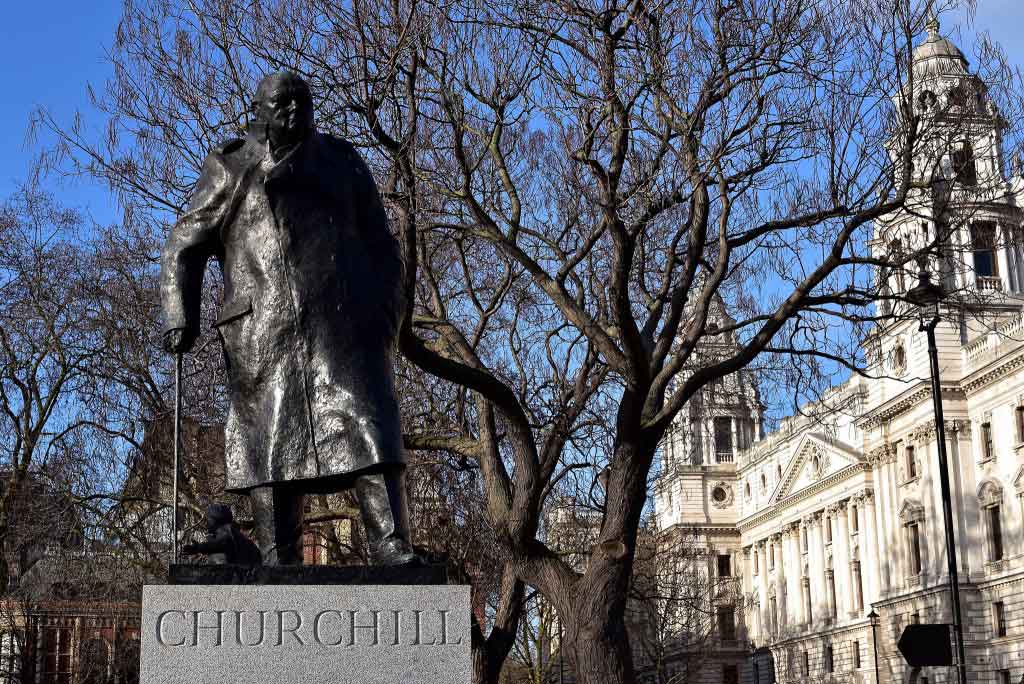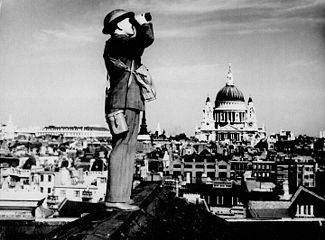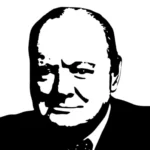
Churchill in the News
Decoys a Testament to Man’s Ingenuity

December 2, 2010
By Rod Morris
THIS IS BRISTOL, Monday 8, November – BY the autumn of 1940 Herman Goering had moved the bulk of his Luftwaffe bombers away from the RAF and industrial targets and directed them towards the populace.

London was badly hit, soon to be followed by provincial cities such as Coventry. Great efforts were made to minimise the effectiveness of these raids.

2025 International Churchill Conference
One War Office plan, personally approved by PM Winston Churchill, was to construct “decoy towns” to lure the night time bombers away from built up areas and towards the countryside where less damage would be inflicted.
Every major conurbation in the country was provided with decoy facilities of varying degrees.
In the early 1940s the navigation of aircraft by night was both difficult and hazardous.
RAF pilots from those days will tell you that missing a target by miles was not unusual.
If enemy aircrews couldn’t obtain visual information from the ground then the further from home they flew then the more inaccurate their navigation was likely to be.
This was the reason for the much regimented “Blackout”
The aim of decoy towns was to convince the enemy aircrews that they had found their target and could release their deadly payload.
The bombs would rain down – but instead of exploding among houses, factories and shipping they would bury themselves deep in the earth.
Read the entire article here at This is Bristol
©This is Bristol
Subscribe
WANT MORE?
Get the Churchill Bulletin delivered to your inbox once a month.



